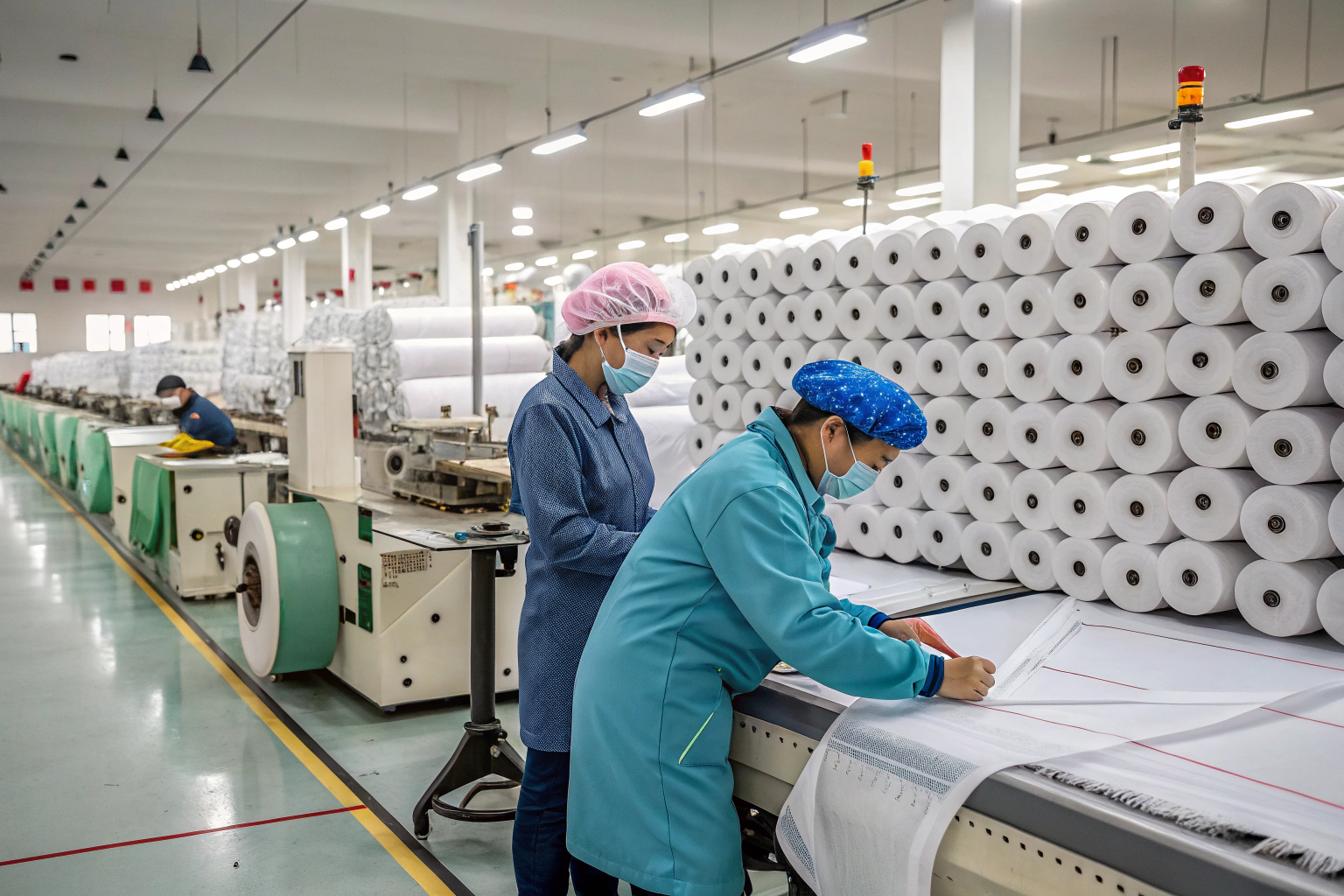The world of fabric dyeing is full of choices. For clothing brands and designers, the dyeing method you choose can dramatically impact the look, feel, and cost of your final product. Two of the most common processes are piece dyeing and garment dyeing. Understanding the difference is crucial for making informed decisions that align with your brand's vision and quality standards.
At its core, piece dyeing involves coloring constructed fabric before it is cut and sewn, while garment dyeing colors fully assembled clothing items. This fundamental difference in timing drives every other aspect, from the consistency of the color to the final hand-feel of the apparel. Choosing the right method is not just a technicality; it's a strategic decision that affects your supply chain, product quality, and market positioning.
As a fabric manufacturer with over two decades in China's textile hub, Keqiao, we guide our clients through these decisions daily. Let's unravel the details of each process to help you determine which is the best fit for your next collection.
What is the piece dyeing process?
Piece dyeing is the most common method used in mass apparel production. It is a process where large, continuous rolls of constructed, but unfinished, greige fabric are dyed in whole pieces. This approach prioritizes efficiency and color uniformity for high-volume orders. The fabric is dyed after the weaving or knitting is complete but before the garment pattern is cut. This ensures a consistent color base for every piece cut from the same roll.
The process begins with greige goods—raw, untreated fabric. These large fabric rolls are loaded into industrial-scale dyeing machines. Common machines include jet dyeing machines, where the fabric is circulated through a high-pressure jet of dye liquor, and jiggers, which process the fabric under tension. The fabric undergoes several stages: pre-treatment to remove impurities, dyeing with precise color formulations, and then finishing with softeners or other chemicals to achieve the desired hand-feel and performance. This method is ideal for achieving deep, consistent, and uniform shades across vast quantities of fabric.
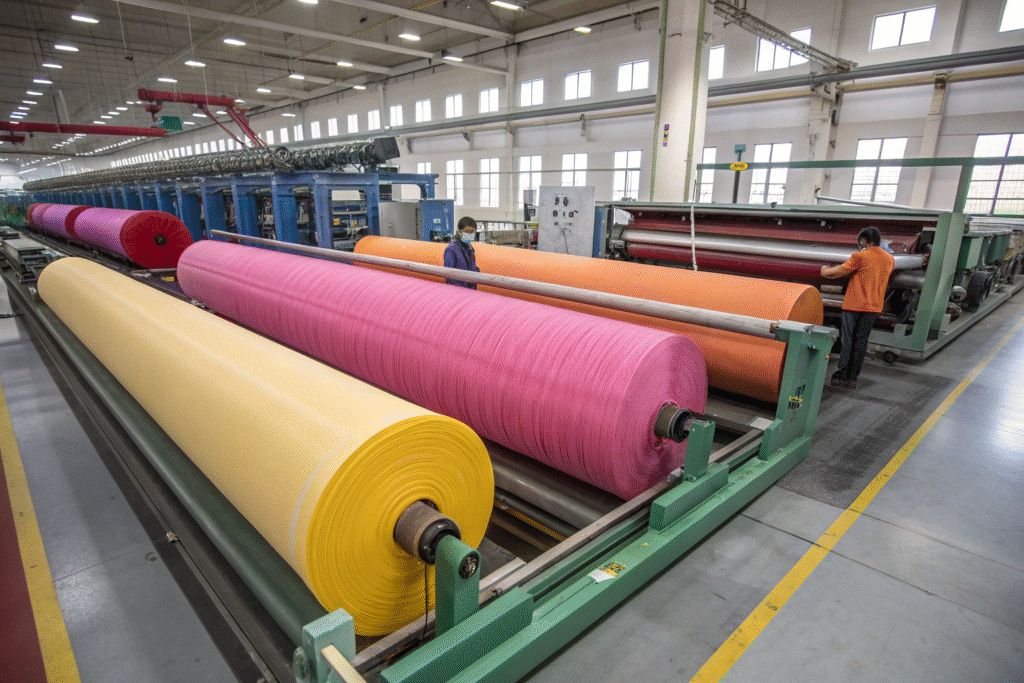
How does piece dyeing ensure color consistency?
Piece dyeing is engineered for color consistency. Because the dyeing occurs at the fabric stage under tightly controlled industrial conditions, the color penetrates the entire roll uniformly. Advanced computer systems manage the dye bath temperature, chemical levels, and circulation time with extreme precision. This eliminates the variations that can occur when dyeing smaller, separate batches. For brands requiring a perfect color match across thousands of garments, such as for corporate uniforms or a core seasonal color, this consistency is paramount. Our CNAS-accredited lab conducts rigorous tests for colorfastness on every batch, ensuring the color stays true through washing and wear.
What are the main advantages of piece dyeing?
The primary advantages of piece dyeing are efficiency, color uniformity, and cost-effectiveness for large runs. It allows for massive production volumes, making it the most economical choice for big orders. The process integrates seamlessly into a streamlined supply chain, as the uniformly colored fabric can then be cut and sewn in bulk. Furthermore, piece-dyed fabrics often have a more predictable performance in terms of shrinkage and finishing. This reliability is why it's the go-to method for most basic apparel items and a cornerstone of our agile supply chain for major global brands.
What is the garment dyeing process?
Garment dyeing, also known as product dyeing, is the process of dyeing fully assembled, sewn garments. These garments are typically made from unprepared greige fabric or pre-bleached fabric. The entire finished product—think a completed t-shirt, sweatshirt, or pair of pants—is placed into large, paddle-equipped dye machines that gently agitate the items in the dye bath. This method is celebrated for creating unique, vintage-inspired aesthetics and a exceptionally soft hand-feel.
The process is more akin to laundering on a massive scale. The sewn garments, often with their labels and trims already attached, are loaded into the machine. The dyeing occurs at lower temperatures compared to piece dyeing to protect the garments' construction. The tumbling action of the machine creates a subtle, lived-in softness from the very first wear. Because the seams, pockets, and cuffs can absorb dye differently, it results in slight color variations and a characteristic depth that is impossible to achieve with piece dyeing. This method is perfect for achieving a relaxed, non-uniform look.
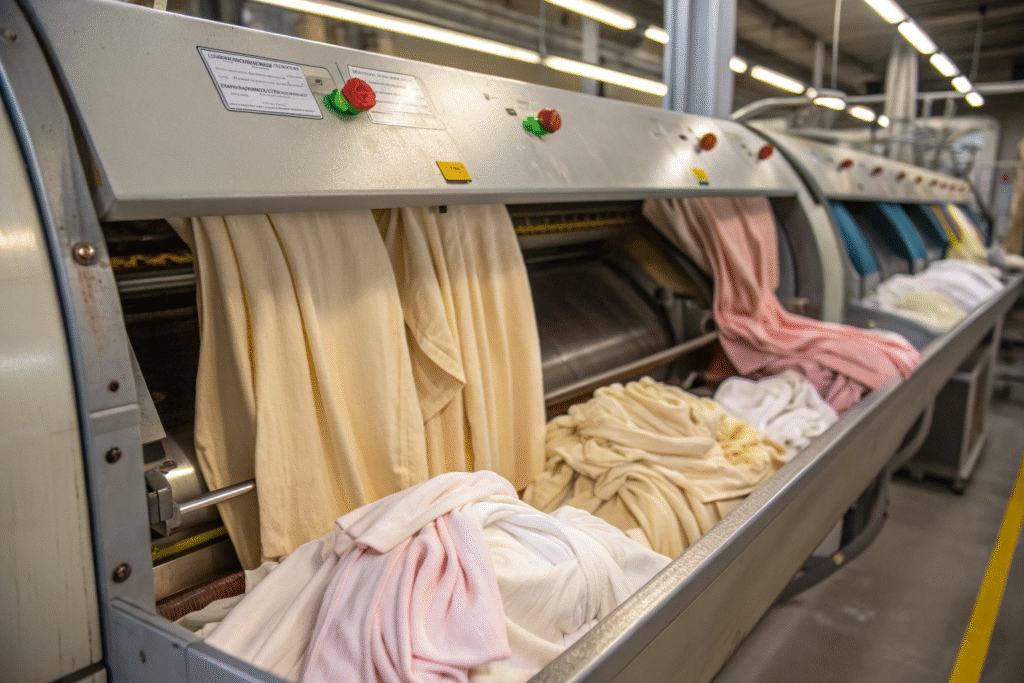
Why does garment dyeing create a unique softness?
The unique softness of garment-dyed apparel comes from the combination of the dyeing and mechanical action. The tumbling motion in the dyeing machine gently abrades the fabric fibers and seams, similar to a pre-washing process. This breaks down the stiff "size" often found on new fabrics and creates a broken-in, comfortable feel immediately off the shelf. The dyes used are also specifically selected for their ability to work at lower temperatures, which is gentler on the cotton and other natural fibers commonly used in this process. This results in a superior hand-feel that is highly valued in the athleisure and high-fashion markets.
What are the limitations of garment dyeing?
Garment dyeing has limitations in color consistency and production planning. Achieving a perfect, uniform color match from one batch to the next is challenging, which can be a problem for brands needing identical products. It also requires more lead time for production, as the entire garment must be sewn first. Furthermore, not all materials are suitable; garments must be constructed from fabrics and threads that have similar affinities for the dye, and certain trims or zippers may not react well to the process. This requires meticulous quality control and expertise to manage the inherent variables successfully.
When should you choose piece dyeing over garment dyeing?
The choice between piece dyeing and garment dyeing is a strategic one, driven by your design goals, order volume, and target market. There is no universally "better" option—only the option that is better for your specific product. Making the right choice upfront can save significant time, cost, and quality control issues down the line.
Your decision should be guided by a clear understanding of your priorities. Are you aiming for perfect uniformity in a mass-market collection, or are you seeking a unique, artisanal vibe for a limited edition? The table below breaks down the key decision-making factors.
| Factor | Choose Piece Dyeing When... | Choose Garment Dyeing When... |
|---|---|---|
| Color Consistency | You need perfect, uniform color across a large run. | You desire a vintage, non-uniform look with character. |
| Order Volume | You have large, bulk orders (e.g., 10,000+ units). | You have smaller, more flexible batch orders. |
| Fabric Hand-Feel | A standard, crisp hand-feel is acceptable. | An ultra-soft, pre-broken-in feel is a key selling point. |
| Production Speed | You need a fast, streamlined pipeline for bulk production. | You can accommodate a longer lead time for a premium finish. |
| Cost-Efficiency | Your priority is the lowest cost per unit for large volumes. | You are targeting a premium market and can command a higher price. |
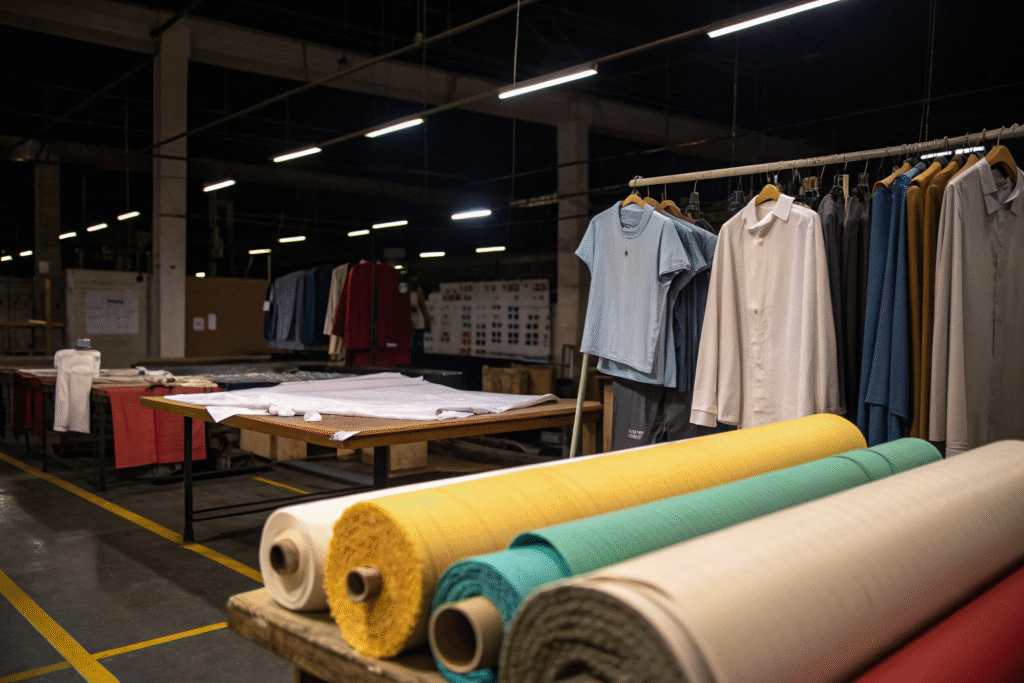
How does your order volume influence the choice?
Order volume is one of the most decisive factors. Piece dyeing is inherently more economical for large-scale production. The cost per meter of fabric drops significantly with volume, and the cutting and sewing processes are more efficient with pre-dyed, uniform material. Conversely, garment dyeing is perfectly suited for smaller batches and quick turnaround styles. It allows brands to produce a base inventory of un-dyed garments and then dye them to order based on real-time sales trends, a strategy that minimizes inventory risk and supports fast fashion models.
What are the cost implications of each method?
The cost structures of the two methods are fundamentally different. Piece dyeing has higher upfront costs due to the minimum fabric yardage required for a dye lot, but a lower cost per unit at scale. Garment dyeing shifts costs later in the production cycle. While the greige fabric may be cheaper, the dyeing process itself is more expensive per unit, and it carries a higher risk of garment loss or inconsistency. For us, managing these financial implications for our clients is part of our end-to-end service, ensuring their cash flow is optimized for their chosen production path.
How can Fumao Textiles support your dyeing needs?
At Fumao Textiles International, we don't just sell fabrics; we provide integrated dyeing solutions. Our position in the Keqiao textile cluster gives us direct access to top-tier partner dyeing and garment dyeing factories. We act as your single point of contact, managing the entire process from greige fabric sourcing to final dyed product, ensuring quality and compliance at every step.
We understand that the dyeing process is a critical link in your supply chain. Our expertise helps you navigate the choice between piece dyeing and garment dyeing based on your specific product goals. We provide samples, conduct thorough testing in our CNAS-accredited lab for parameters like colorfastness and shrinkage, and ensure your final product meets the highest standards before it ships.
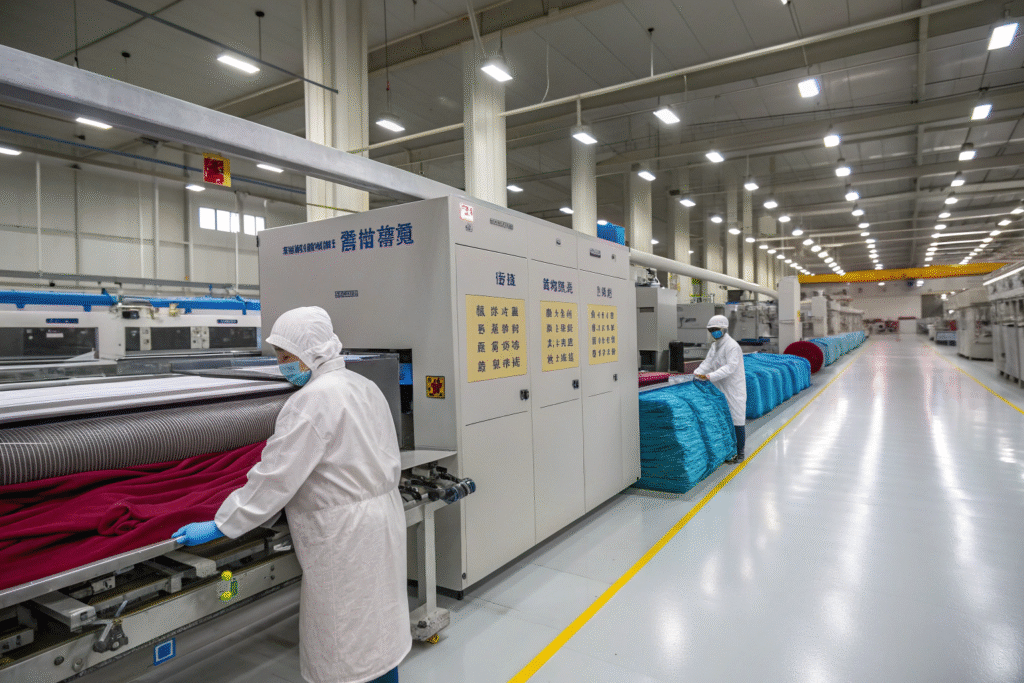
Why is our quality control crucial for dyeing?
Our quality control is the backbone of our dyeing services. For piece dyeing, we monitor every meter for even dye penetration and consistency. For garment dyeing, our QC team is on-site at the dyeing factory, inspecting for issues like dye spots, streaking, or trims damage that can occur during the tumbling process. We provide detailed reports and use QR code tracking so you have full visibility into the composition and performance of your dyed fabrics or garments. This rigorous approach guarantees a 98% client pass rate and protects your brand's reputation.
What value does our supply chain agility add?
Our agile supply chain translates into speed and flexibility for your orders. We can facilitate 48-hour sample development for both piece-dyed and garment-dyed products, allowing you to make fast decisions. Our deep network of dyeing partners means we can secure capacity even during peak seasons and expedite bulk delivery. Whether you need a large volume of consistently dyed fabric for a major line or multiple small batches of garment-dyed tops for a capsule collection, we have the local partnerships and logistical expertise to make it happen efficiently and reliably.
Conclusion
Choosing between piece dyeing and garment dyeing is a fundamental decision that shapes the character, quality, and economics of your apparel line. Piece dyeing offers unmatched consistency and efficiency for large orders, while garment dyeing provides a unique, soft hand-feel and vintage aesthetic perfect for smaller, premium collections. Understanding these differences empowers you to select the right process for your brand's vision and operational needs.
Navigating these complex production decisions is easier with an experienced partner. If you are looking to develop a new clothing line and want expert guidance on dyeing methods, fabric selection, and seamless production, we are here to help. Contact our Business Director, Elaine, today to discuss how we can co-create value for your next project. Reach her at elaine@fumaoclothing.com.

